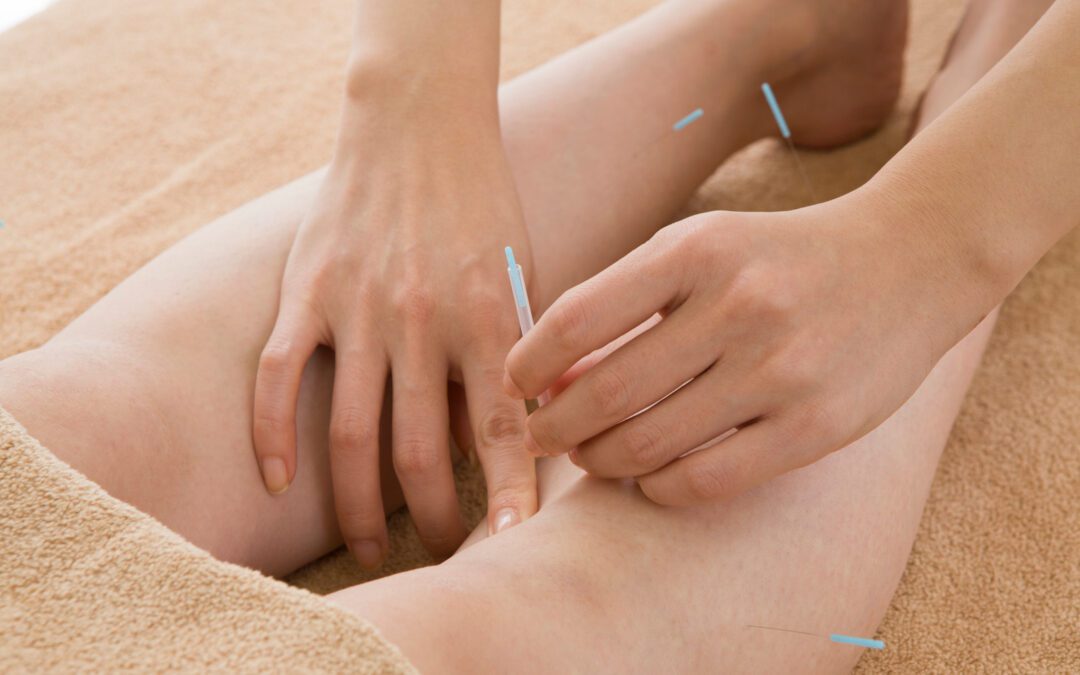Effect of Dry Needling of Gluteal Muscles on Straight Leg Raise: A Randomised, Placebo Controlled, Double-Blind Trial
As a doctor of physical therapy it is very important to me that I support my choice interventions with available research. Perhaps you are familiar with the physician who insists on a particular type of treatment, intervention or medication despite your concerns or apprehension. I do not encourage my patients to seek advice or treatment from such practitioners. I have some patients who insist that I use dry needle interventions despite my recommendation that it is not indicated. I have not found evidence supporting the use of a dry needle for improvements in hip and knee range of motion, on the contrary, the abstract below indicates that there are no improvements.
Br J Sports Med. 2005 Feb;39(2):84-90.
Effect of dry needling of gluteal muscles on straight leg raise: a randomised, placebo-controlled, double-blind trial.
Huguenin L(1), Brukner PD, McCrory P, Smith P, Wajswelner H, Bennell K.
Author information: (1)Australian Institute of Sport, Belconnen, ACT, Australia.
OBJECTIVES: To use a randomised, double-blind, placebo-controlled trial to establish the effect on straight leg raise, hip internal rotation, and muscle pain of dry needling treatment to the gluteal muscles in athletes with posterior thigh pain referred from gluteal trigger points. METHODS: A randomised, double-blind, placebo-controlled trial of 59 male runners was performed during the 2002 Australian Rules football season. Subjects were thoroughly screened and had magnetic resonance imaging of their hamstring muscles to exclude local pathology. The inclusion criterion was a reproduction of recognisable posterior thigh pain with the application of digital pressure to the gluteal trigger points. Subjects randomly received either therapeutic or placebo needle treatment on one occasion at their gluteal trigger points. Range of motion and visual analogue scale data were collected immediately before, immediately after, 24 hours after, and 72 hours after the intervention. Range of motion was measured with passive straight leg raise and hip internal rotation. Visual analogue scales were completed for hamstring and gluteal pain and tightness at rest and during a running task. RESULTS: Magnetic resonance imaging scans revealed normal hamstring musculature in most subjects. Straight leg raise and hip internal rotation remained unchanged in both groups at all times. Visual analogue scale assessment of hamstring pain and tightness and gluteal tightness after running showed improvements immediately after the intervention in both groups (p = 0.001), which were maintained at 24 and 72 hours.
The magnitude of this improvement was the same for therapeutic and placebo interventions. Resting muscle pain and tightness were unaffected. CONCLUSIONS: Neither dry needling nor placebo needling of the gluteal muscles resulted in any change in straight leg raise or hip internal rotation. Both interventions resulted in subjective improvement in activity related muscle pain and tightness. Despite being commonly used clinical tests in this situation, straight leg raise and hip internal rotation are not likely to help the therapist assess response to treatment. Patient reports of response to such treatment are better indicators of its success. The mechanisms by which these responses occur and the reasons for the success of the placebo needling treatment are areas for further investigation.
PMCID: PMC1725126 PMID: 15665203 [PubMed – indexed for MEDLINE]
Dr. Abraham Lieberman, PT, DPT
Therapy SPOT – Bellaire
5420 Dashwood Suite 306
Houston, Texas 77081
Office 855-713-7827
Direct 832-588-3552
Fax 281-402-3077
www.BellairePT.com
[email protected]

